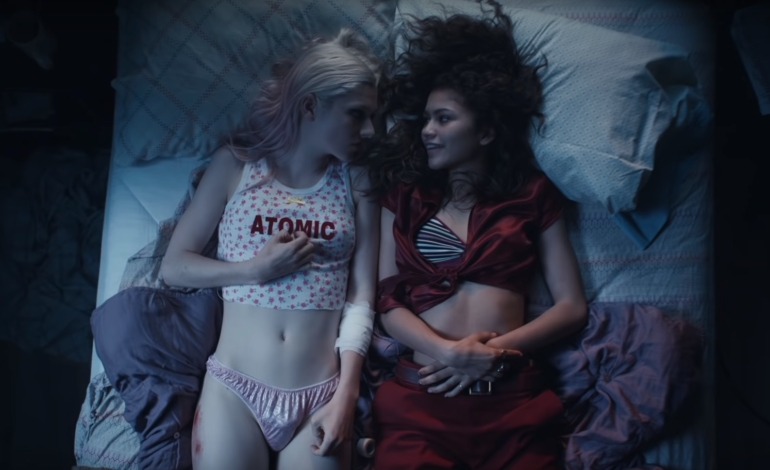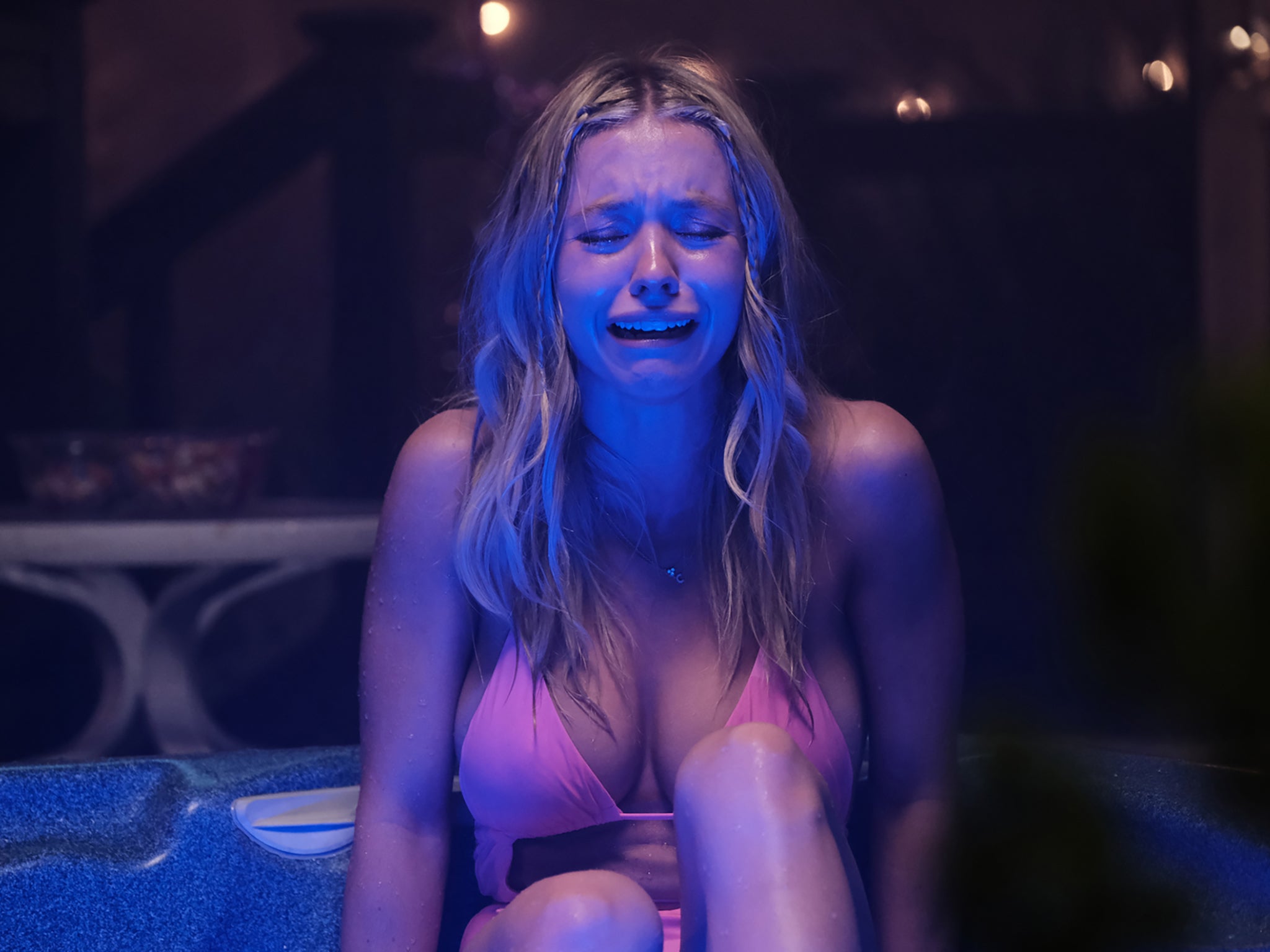Title: Navigating Nudity in Modern Television: Art or Exploitation?
Introduction Television has evolved significantly in recent years, with shows like HBO’s Euphoria taking center stage for pushing boundaries. With its 30 million tweets in the US alone, Euphoria is a cultural phenomenon. However, beyond the praise for its bold storytelling, immersive cinematography, and dynamic performances—especially by stars like Zendaya and Sydney Sweeney—there’s an ongoing discussion about the prevalence of nudity in the series. As nudity becomes more commonplace in modern media, questions arise about its necessity, and whether it veers into exploitation.

The Artistic Vision: Nudity as Authenticity One of Euphoria’s defining elements is its gritty, raw portrayal of teenage life, addiction, and trauma. Director Sam Levinson, known for his desire to make the show as realistic as possible, often uses nudity to portray vulnerability and realism. Sydney Sweeney, one of the show’s most prominent stars, has publicly stated that she has never felt uncomfortable filming intimate scenes, and that Levinson has been accommodating when she voiced concerns. But does this artistic choice truly add to the story, or does it risk exploiting actors and pandering to audiences looking for shock value?
The comparison between Euphoria and another HBO show, The Sex Lives of College Girls, is telling. While both shows deal with sexual themes, Euphoria far exceeds in its use of nudity, despite the latter being more explicitly about sexual experiences. This begs the question: when does nudity serve the story, and when does it cross the line into unnecessary, even harmful territory?

Power Dynamics and Consent: A Dangerous Game The imbalance of power between directors and actors in Hollywood has long been a source of concern. Although Sweeney’s positive experience on the Euphoria set is reassuring, the stories of other actresses in the industry highlight the dangers of coercion. Game of Thrones star Emilia Clarke has revealed that, early in her career, she was pressured into nude scenes she felt uncomfortable with. She later realized that her vulnerability as a new actress was exploited by industry veterans. Similarly, Maria Schneider’s experience on Last Tango in Paris, in which she was coerced into a traumatic unscripted scene, showcases how the “realism” directors strive for can lead to the emotional and psychological harm of actors.
This issue is exacerbated by the fact that young, inexperienced actresses often feel too intimidated or powerless to advocate for themselves. While intimacy coordinators are increasingly being used to create safer on-set environments, as seen with experts like Ita O’Brien, the need for vigilance remains. On sets where an actor feels pressured to perform in a way that makes them uncomfortable, even the best practices can fall short.
The Post-#MeToo Era: Is Hollywood Changing? The #MeToo movement has brought greater attention to the treatment of women in Hollywood, sparking conversations about consent, power, and safety. Some progress has been made—more sets are employing intimacy coordinators, and actors like Sydney Sweeney are now speaking out about their positive experiences when their boundaries are respected. But the challenges persist.
The entertainment industry needs to do more than merely follow rules; it needs to ask whether these intimate scenes are necessary in the first place. Some actors may consent, but others may feel pressured to conform to an environment where excessive nudity is normalized. The recent accounts of Euphoria actresses Chloe Cherry and Minka Kelly reveal discomfort with the nudity required of them, underscoring the importance of constantly reevaluating the line between artistic expression and coercion.
Conclusion: Shaping a Safer Future for Actors Television and film are powerful tools for storytelling, and when used responsibly, scenes involving intimacy can enhance the narrative. But in the pursuit of “authenticity,” there is a fine line between representation and exploitation. If viewers are beginning to voice discomfort, and actors are questioning the necessity of certain scenes, it’s time for the industry to listen.
In the post-#MeToo era, the entertainment world must continue to evolve. Actors should never feel coerced or unsafe on set, and intimacy should not be used merely for shock value. Hollywood has an opportunity to lead the charge in creating safer, more respectful working conditions that allow for powerful storytelling without compromising the dignity or autonomy of its performers.
Enhancements:
- Focus on Ethics: Adding more discussion on ethical filmmaking practices and how it shapes the future of TV shows like Euphoria.
- Balance of Opinions: Present multiple perspectives, such as Sweeney’s positive experience and contrasting stories of discomfort from other actresses.
- Future Directions: Emphasize where the industry is headed in terms of protecting actors while still pursuing artistic integrity.
